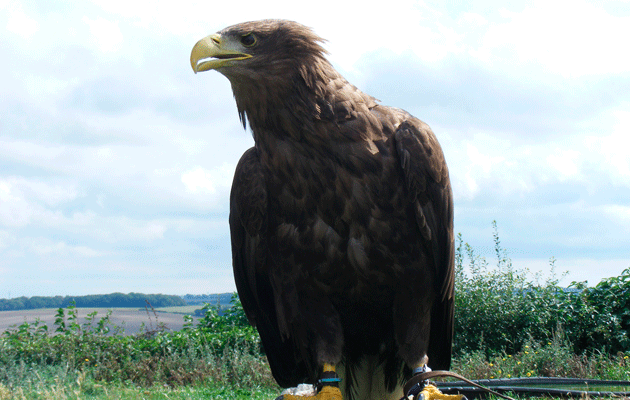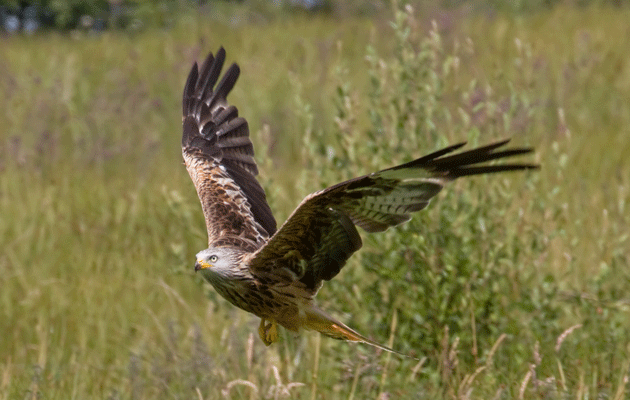Sharpshooter

Quickly, quickly! Come here and stand by this tree. Be prepared to climb it if he comes for us,” said Mias, our professional hunter.
I looked at the so-called tree. It was a mopane, typical of the bushveld habitat in this part of South Africa?s Limpopo Province. It was about as thick as my arm and only about 10ft high. Not good, but the choice was limited. More importantly, what sort of hellish creature was going to come for me?
A black rhinoceros, it turned out. Officially, this particular beast is known as Number 480, because that?s the code number on the microchip embedded in his horn. But Mias calls him Tank, because of the manner in which he charges humans like a runaway armoured vehicle. He just crashes straight through bushes and small trees in his short-sighted enthusiasm for kebabing his intended victim, according to Mias.
We had blundered into Tank while stealing through the bushveld in pursuit of cull antelope. Mias and his tracker had some previous experience of being in close proximity to this particular black rhino. They recognised him. Unlike the larger but relatively docile white rhino, the black species is notoriously aggressive. It was the black rhino, not the white, that was traditionally regarded as one of the original “big five” dangerous game species. And Tank, the fellow just 50 yards away from me in this instance, was a truly dangerous animal.
As it happens, I didn?t have to climb the tree. Mias got on the radio and called up the Land Cruiser, which came trundling through the undergrowth and we all clambered on board. Which was just as well, as I didn?t fancy trying to impose myself on that little tree. Apart from the sheer indignity, those of us who are gravitationally challenged do not generally derive any real benefit from ascending a slender shrub in such circumstances.
I could imagine Tank boiling out of the bush, snorting with delight as he found me hanging, like a large, ripe piece of fruit, from the tip of the bowed-over mopane tree, with my backside perhaps five feet off the ground. The resulting scene might be like something from a martial arts training film, featuring me as the punchbag. Or perhaps it would be more like one of those devices at a medieval jousting tournament, with Tank galloping back and forth, gleefully hooking me on each pass.
A conservation success story
We saw more rhinos during my stay, but none as up close and personal as Tank. My son and I were hunting on a nature reserve (yes, I did write that) which hosts about 60 rhino, half of them of the black sort. Owned by a Danish charitable foundation, the nature reserve covers more than 200,000 acres and has played an important role in the conservation of many species, including both black and white rhinos.
It also operates an admirable education programme; on any given weekday, we were told, a party of local schoolchildren would be on a guided nature walk though parts of the reserve. The fact that part of the reserve?s running costs are covered by the fees generated by sustainable hunting is not seen as incongruous in South Africa. It is simply a matter of common sense.
In fact, the welcome resurgence of both black and white rhinos owes a lot to private landowners and licensed hunters. On government-owned reserves and national parks it has proved almost impossible to halt the depredations of poachers, who prize rhino horn for the international market. It is private land, with largely private funding, that has driven the rhino conservation success story.
Funny, isn?t it, how certain developing countries could teach us in the sophisticated West a thing or two about effective wildlife management?
Have your say: if you have a view on a current news topic, send it, in no more than 500 words, to [email protected].
What is YOUR opinion?
Join other ST readers in our forums to discuss your views.
Like this article? Mark this page on a social bookmarking website…
![]()
What are social bookmarking sites?








